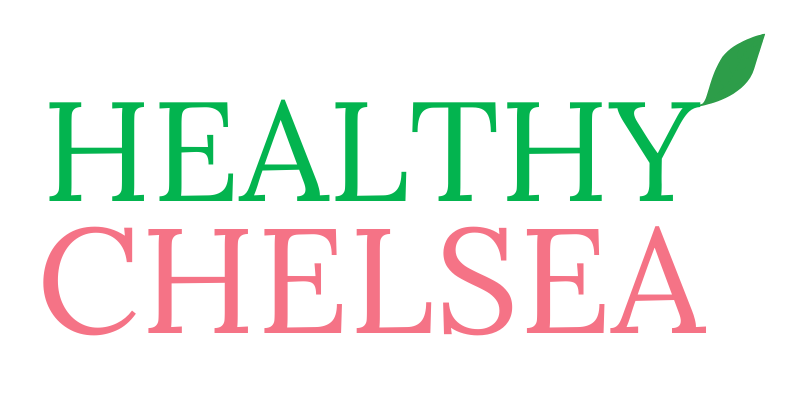How to Choose a Healthier Breakfast Cereal | + My Top 3 Tips and Recs | + VIDEO |
Have you ever walked down the cereal aisle and felt completely overwhelmed by all the options?
You stroll down the aisle and see a “Mom’s Best Raisin Bran” cereal box.
You know, the one made from recycled paper, depicting wildlife, and informing you that their cereal is made with “whole grain oats” and “no high fructose corn syrup.”
Simple and honest ingredients, they say.
That cereal looks and sounds really healthy, you think.
Pleased with your decision, you put the cereal in your basket, and continue grocery shopping.
How frustrated would you be if you found out that the cereal you chose has 6 grams MORE added sugar than a serving of Lucky Charms?
Pretty darn frustrated.
You’d probably feel deceived, too.
After all, you had the best intentions to eat healthier and serve your children a healthy breakfast!
You thought you were making a thoughtful choice…
To outsmart the marketers, here are my top 3 tips for choosing a healthier cold cereal:
1. Read the ingredient list
The ingredient list will reveal a lot about the nutritional quality of the cereal.
Is sugar, brown rice syrup, maltose, fructose, sucrose, maple syrup, corn syrup, honey, or invert sugar listed?
Are there flavors and preservatives, like phosphates, listed?
The more sugar and the more processed the ingredients, the better off you are finding an alternative.
Too much added sugar (more than 25 grams per day) can increase stress, anxiety, energy crashes, and weight gain.
No thank you!
2. Read the nutrition label
Pay attention to serving size.
Many cereal labels may look reasonably healthy, until you realize that those 200 calories and 7 grams of sugar are only for 1/3 cup serving!
Most of us eat more than 1/3 cup of cereal, so choose one that packs a nutritional punch for each serving.
Limit added sugars and choose a high-fiber (4 grams or more per serving) for better heart health, mood, and weigh management.
3. Choose less processed items
The less processed, the better.
Processed cereals have more sugar, sodium, and preservatives than is good for us.
So, what cold cereals should you choose?
Ones that are high in fiber, high in protein, low in sugar, low in salt, and minimally processed.
These are my top cereal picks that will start you on the right track:
· This cereal has 8 grams of protein, no added sugar, and 6 grams of fiber per serving
· All the ingredients are organic (wheat, barley, flax seeds, millet, lentils, soybeans, spelt, and sea salt)
· This cereal has 6 grams of protein, no added sugar, and 5 grams of fiber per serving
· The raisins provide both sweetness, fiber, and iron
· This cereal has 9 grams of protein and 8 grams of fiber (wow!) to keep you full until lunch
· Be Aware: This cereal does have 13 grams of sugar (!!) for those who do have a sweet tooth and are used to super sweet cereal or sugary pastry items in the morning… but the fiber and protein will help manage your blood sugar a little better
· Tip: This is a great transitional cereal if you’re used to sweet cereals! Mix this with a no added sugar cereal to balance the added sugars.
Now we’ve talked a lot about cold cereal, but what about granola??
Is granola healthy? Or is chocolate cake actually better for you?
The answer might surprise you ;) Watch my video below for the answers:
Cheers to healthier breakfast options that make you feel amazing!







